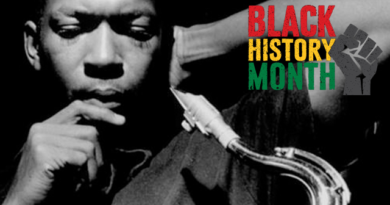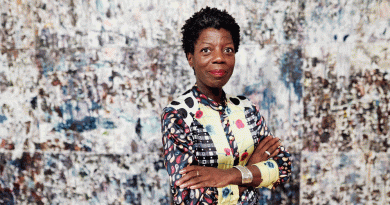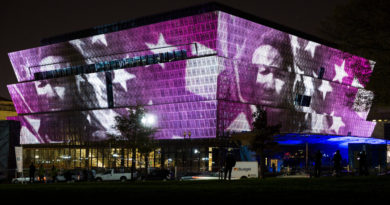A Portrait of the Artist as a Young African Immigrant
The novelist Yaa Gyasi and the artist Toyin Ojih Odutola — both born in Africa and raised in the same Alabama town — have become two of the finest observers of race in America.
EARLY LAST YEAR I was sent a copy of Yaa Gyasi’s debut novel. A multigenerational epic, tracing half sisters separated by the trans-Atlantic slave trade, “Homegoing” recalls the work of Eleanor Catton and Garth Risk Hallberg in its virtuosity. Months later I discovered the artist Toyin Ojih Odutola. Procrastinating on Instagram, as one does, I stumbled upon “Untitled (Dotun. Enugu, Nigeria).” The work, made in 2012, features the artist’s signature style: a face rendered in feathery marks, black and white, ballpoint pen on paper. The haunting image seemed to have been created at once in a hurry and with meticulous care: a close-up of a face (her brother’s, I’d learn) that radiated might and melancholy.
That these consummate artists were both West African thrilled me to no end. I am a Nigerian-Ghanaian who pursued an unlikely creative career; here were two comrades at the top of their creative fields. The Ghanaian-born Gyasi sold her debut for a reported seven figures when she was 25. At 31, the Nigerian-born Ojih Odutola, whose work is in the collection of the Smithsonian National Museum of African Art, has had numerous solo gallery shows. Even without finding their surnames familiar, I’d have marveled at their accomplishments — and was astounded to learn that they not only knew each other, but had both lived in Huntsville, Ala. How was it, I wondered, that two celebrated young artists came from this one Southern town? And what did it say that these poignant observers of race in America weren’t American-born at all?
ASK ANY 30-SOMETHING with African parents what it was like growing up in the States and you’ll likely hear a story of unbelonging, an account not of double consciousness but triple. The young African immigrant must locate herself along three divides: the first between blackness and whiteness; the second within blackness, between native and foreign; the third between African and American. For years, despite this complexity of experience, the African immigrant went largely ignored. It seems improbable now. The dashing son of Nigerians has starred in “Star Wars,” the dazzling daughter of Kenyans has won an Oscar, the child of an East African has led the free world — but it was not always so. One of the country’s most highly educated immigrant groups, Africans were long absent from popular culture.

From left: Ojih Odutola’s 2013 portrait “Hold It in Your Mouth a Little Longer”; Gyasi’s debut novel, “Homegoing,” which sold for a reported seven figures in 2015.CreditFrom left: Toyin Ojih Odutola, ‘‘Hold It in Your Mouth a Little Longer,’’ 2013, charcoal, pastel and graphite on paper ©Toyin Ojih Odutola. Courtesy of the artist and Jack Shainman Gallery, New York; Mari Maeda and Yuji Oboshi
It was in this representational chasm that Gyasi and Ojih Odutola came of age in Alabama. Theirs is the classic “educated brown immigrant” background: children of professor fathers who, seeking tenure-track positions, move their families to unlikely cities. Gyasi’s father is a professor of French, Ojih Odutola’s of chemistry; after stints in other states, both found posts in Alabama. There, each family joined the close-knit community of West Africans that seems to exist in every college town: Ojih Odutola’s mother was a founding member of the Nigerian Women’s Association, Gyasi’s equally feminist mother was president of the Ghanaian Association of Huntsville. The artists have known each other since they were children, and have much in common, including being raised as only daughters in families of boys. But their childhoods, rather than mirror images, trace a kind of parabola: two archetypes of the African immigrant narrative.
(ready)


